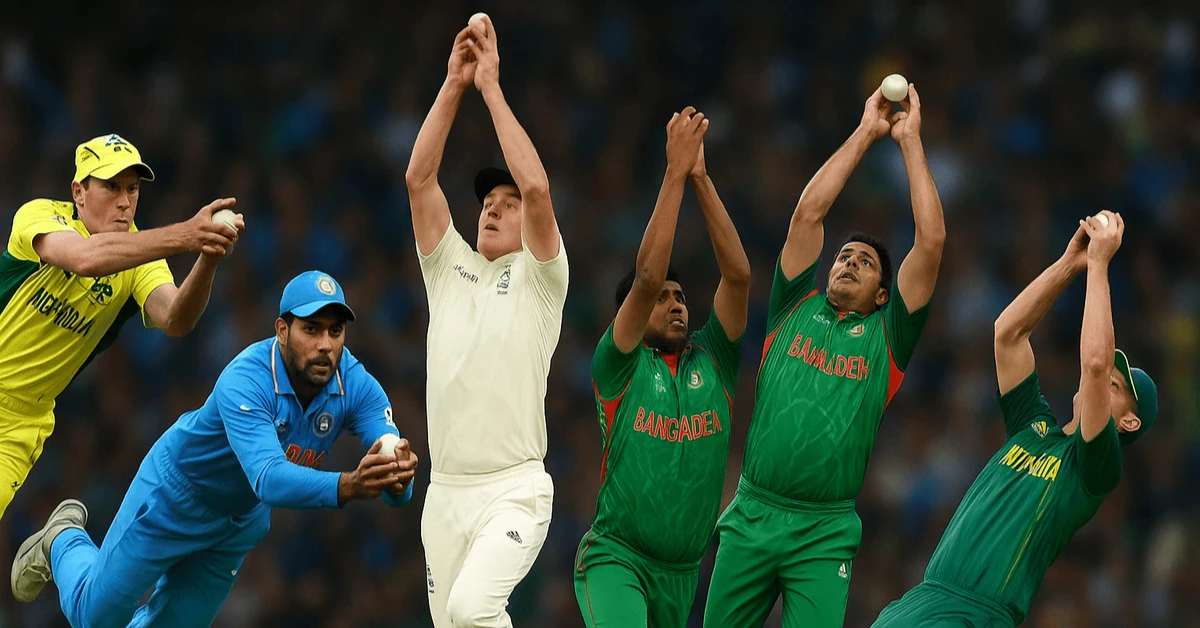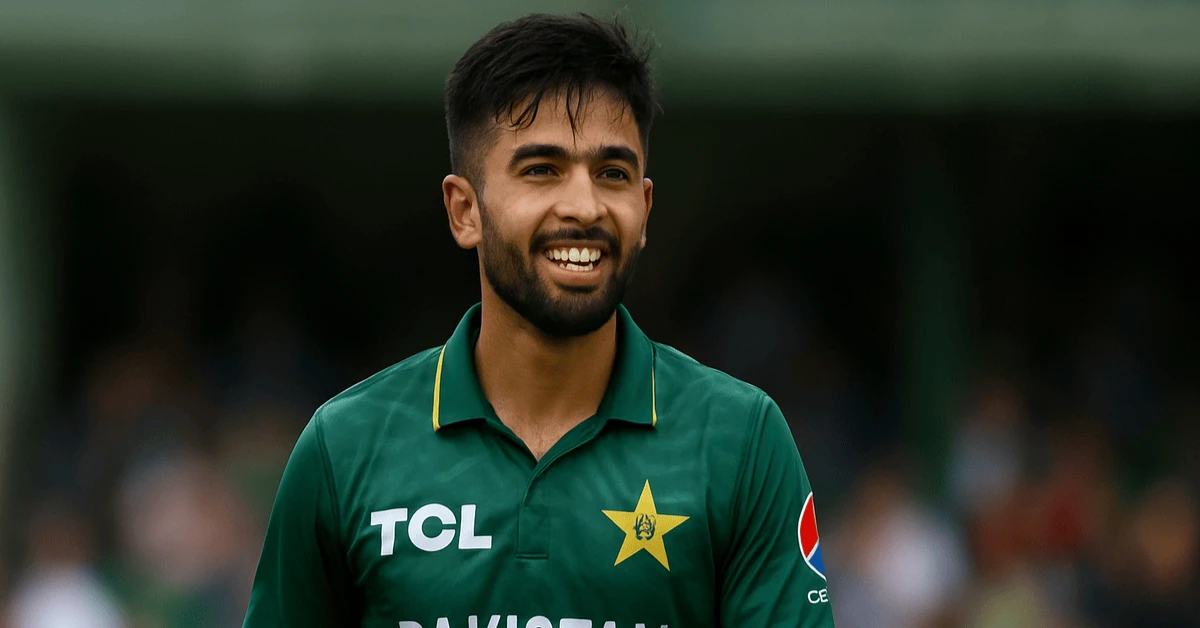Last Updated: October 10, 2025
The Hidden Reason Why Cricket Is Losing Young Fans Worldwide

Cricket — once the heartbeat of South Asia, the pride of England, and the gentleman’s game adored across the Commonwealth — is facing a quiet crisis. Stadiums that once echoed with roaring fans are now struggling to fill seats, and YouTube highlights often get more attention than live broadcasts. But what’s really happening? Why is cricket, one of the world’s oldest and richest sports, losing the next generation?
The Generational Disconnect
The first clue lies in the habits of Generation Z. Born in an era of instant gratification and constant digital engagement, young fans crave fast-paced content. They scroll through TikTok, binge-watch short reels, and expect excitement every few seconds. A five-day Test match or even a four-hour One Day International feels painfully slow compared to a 90-minute football game or a two-hour eSports tournament.
When Time Became the Opponent
Modern life is moving faster than ever, and attention spans are shrinking. Data from GlobalWebIndex shows that the average Gen Z sports fan watches less than 20 minutes of live sport per session — a huge drop from the millennial average of 45 minutes. In that race for attention, cricket simply cannot compete unless it reinvents itself.
The Rise of Short Formats — and the Shorter Patience
To attract younger fans, cricket introduced innovations like the T20 format and now the T10 leagues. The Indian Premier League (IPL), Pakistan Super League (PSL), and The Hundred in England were all designed for quick, flashy entertainment. And while these leagues did succeed in reviving some interest, they also had an unexpected side effect — they made traditional formats like Tests and ODIs seem obsolete.
Social Media vs Stadiums
Young audiences today experience cricket differently. They prefer short clips, memes, or highlight reels rather than full matches. A six by Babar Azam or a last-ball win by MS Dhoni travels faster on Instagram than it does through official broadcasts. The passion has shifted from stadiums to screens — and often, those screens aren’t showing live cricket.
Money Talks, But So Does Entertainment
Cricket boards around the world have leaned heavily on advertising and sponsorships, focusing on the business side more than the fan experience. Over-commercialization — frequent breaks, brand interruptions, and overused graphics — have made many broadcasts feel artificial. Compare that to the raw, emotional appeal of football, where a single uninterrupted match builds a sense of connection that cricket often breaks.
The Western Decline and Asian Dominance
Once upon a time, England, the West Indies, and South Africa produced charismatic cricketers who defined global culture. But today, outside South Asia, cricket’s visibility has faded. The U.S. audience barely knows about it despite the Major League Cricket (MLC) launch. In the Caribbean, many youngsters prefer basketball or football. Even in Australia and England, local leagues face competition from digital content creators and influencers.
Is There Hope for a Comeback?
Experts believe cricket can still reinvent itself. The key lies in merging tradition with technology — interactive streaming, fantasy leagues, AR/VR fan zones, and story-driven broadcasting that connects fans emotionally with players. Platforms like Cricbuzz and ESPNcricinfo are already adapting, focusing more on micro-content and analytics-driven storytelling.
How Cricket Can Win Gen Z Back
- Gamify the viewing experience: Points, predictions, and real-time polls can make young fans feel part of the action.
- Use AI and AR innovations: Imagine watching Virat Kohli’s innings from the pitch-side in virtual reality.
- Empower local creators: Gen Z follows personalities more than teams — cricket needs influencers to bridge that gap.
- Make matches accessible: Cheaper or free digital streams for students could increase participation.
Global Stats: A Reality Check
According to 2025 reports from the International Cricket Council (ICC) and Statista:
- Global cricket viewership has dropped by 18% in the 18–25 age group since 2020.
- Asia still accounts for nearly 80% of cricket’s audience, led by India and Pakistan.
- Women’s cricket viewership, however, has grown by 25%, signaling where the next big opportunity might lie.
The Emotional Side — Tradition vs Transformation
Cricket has always been more than a sport; it’s been a culture, a religion, and a shared memory across generations. The fear among traditional fans isn’t just about declining numbers — it’s about losing the soul of the game. Yet, evolution is inevitable. If cricket can blend its heritage with modern storytelling, it might just win back the hearts it’s losing.
Conclusion
Cricket is not dying — it’s transforming. The question is whether the custodians of the game can keep up with their youngest audience before it’s too late. The answer, much like the game itself, depends on strategy, timing, and a bit of luck.
FAQs
Q1: Why are young people losing interest in cricket?
Because the game feels too long compared to fast-paced sports and online entertainment.
Q2: Is T20 cricket helping or hurting the sport?
It’s helping in the short term by attracting quick attention but hurting the longer traditional formats.
Q3: Can social media save cricket?
Yes — if used creatively. Bite-sized content, behind-the-scenes videos, and interactive clips can re-engage youth.
Q4: What countries still love cricket the most?
India, Pakistan, Bangladesh, Sri Lanka, and Australia remain the strongest cricket-loving nations.
Q5: What’s the future of cricket?
Hybrid experiences combining digital innovation with live emotion — cricket must evolve to stay alive.
You May Also Like:

The AI War: Is Humanity Losing Control?...

Top 10 Toughest Catches in Cricket History That Shocked Fans...

Lakers Stun NBA Fans with Deandre Ayton Signing – Is a Superteam Brewing in L.A.?...

Pakistan’s Next Babar Azam? Maaz Sadaqat’s Heroics Leave Fans Stunned...

PCB’s 2025-26 Women’s Cricket Calendar: A Game-Changing Move for Pakistan Women’s Cricket...

The Hidden Cost of Free AI Tools: How You’re Paying With Your Personality Data...

The Draining Water from the Ground: How Solar Farming in Pakistan Is Creating a Hidden Crisis...

